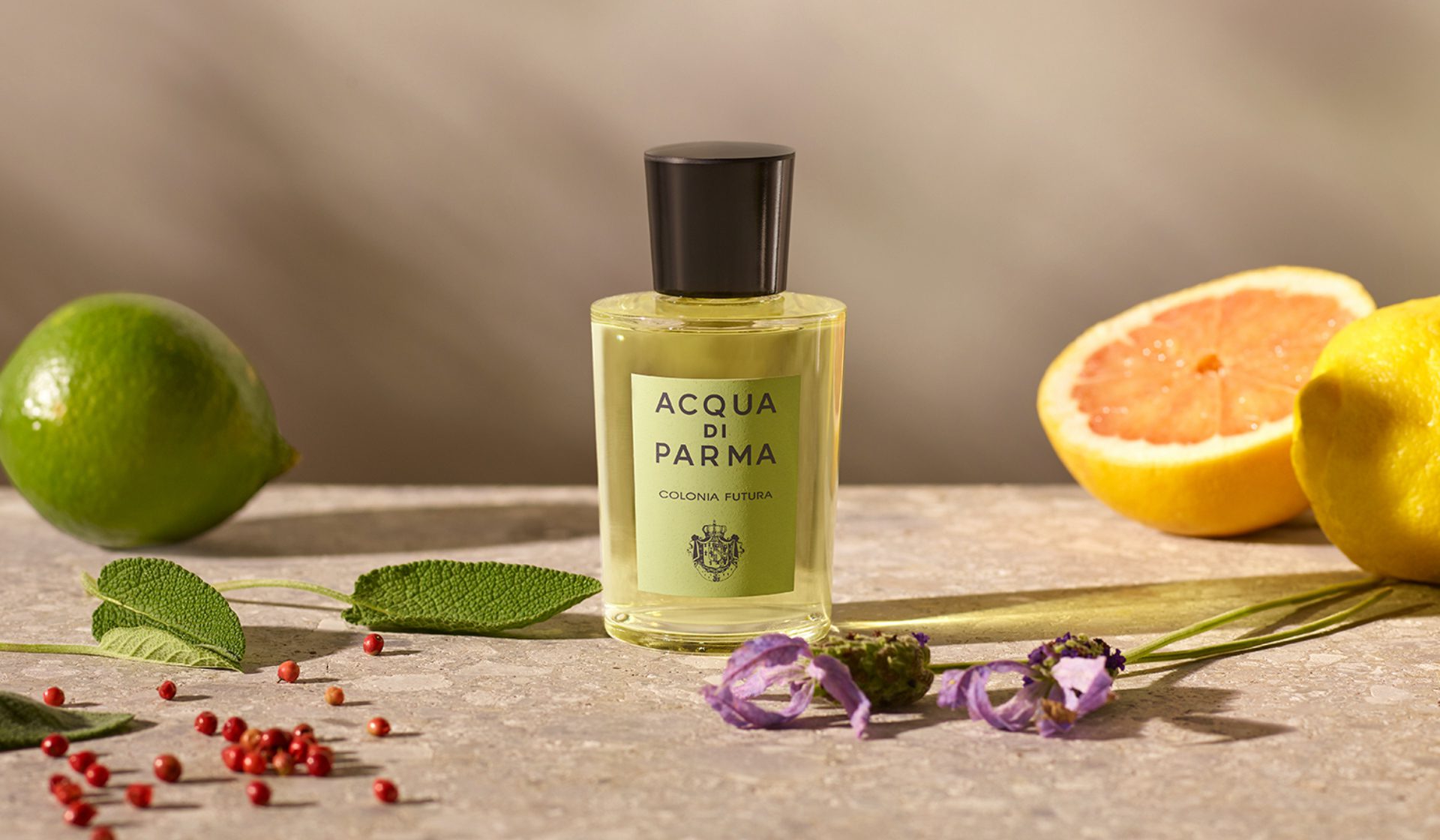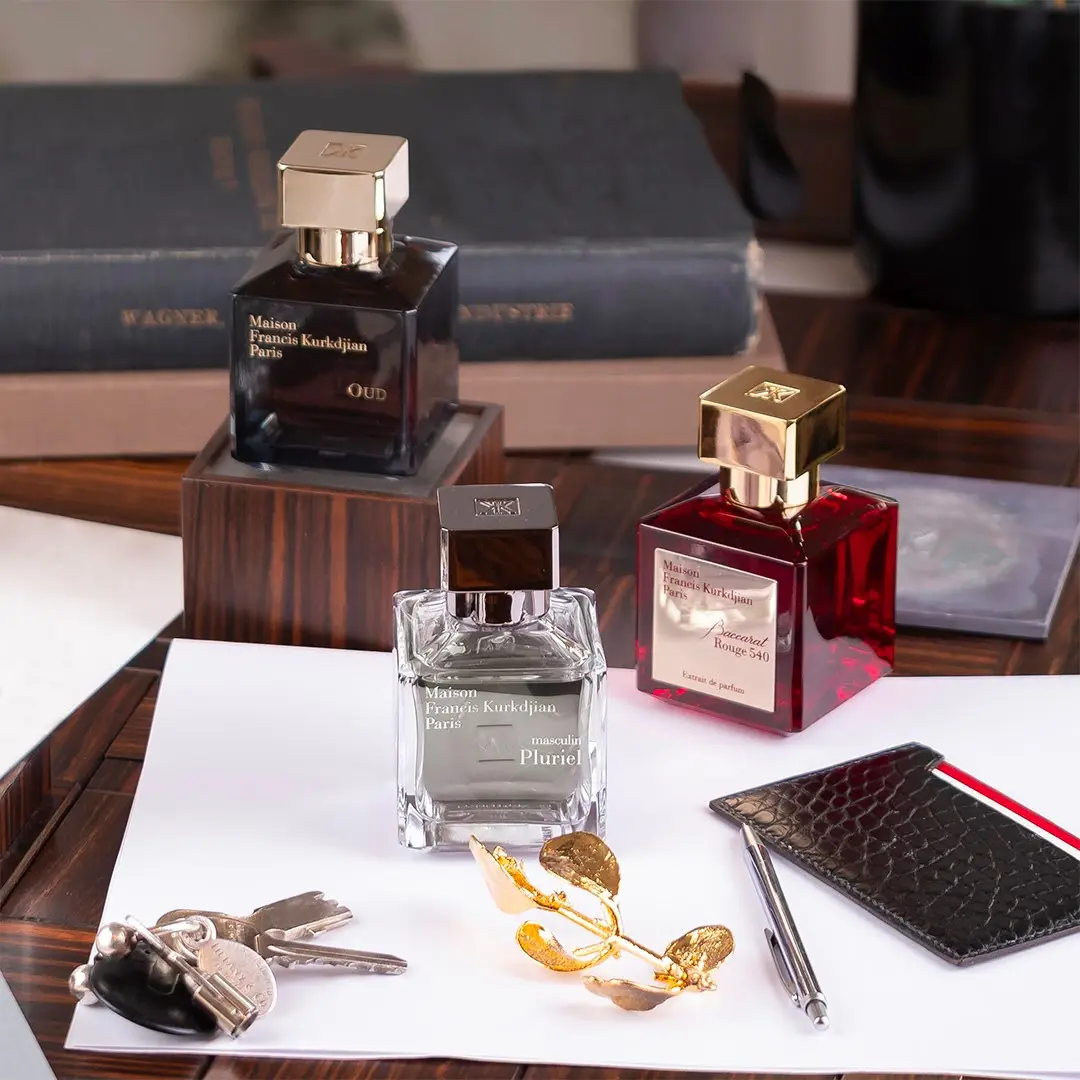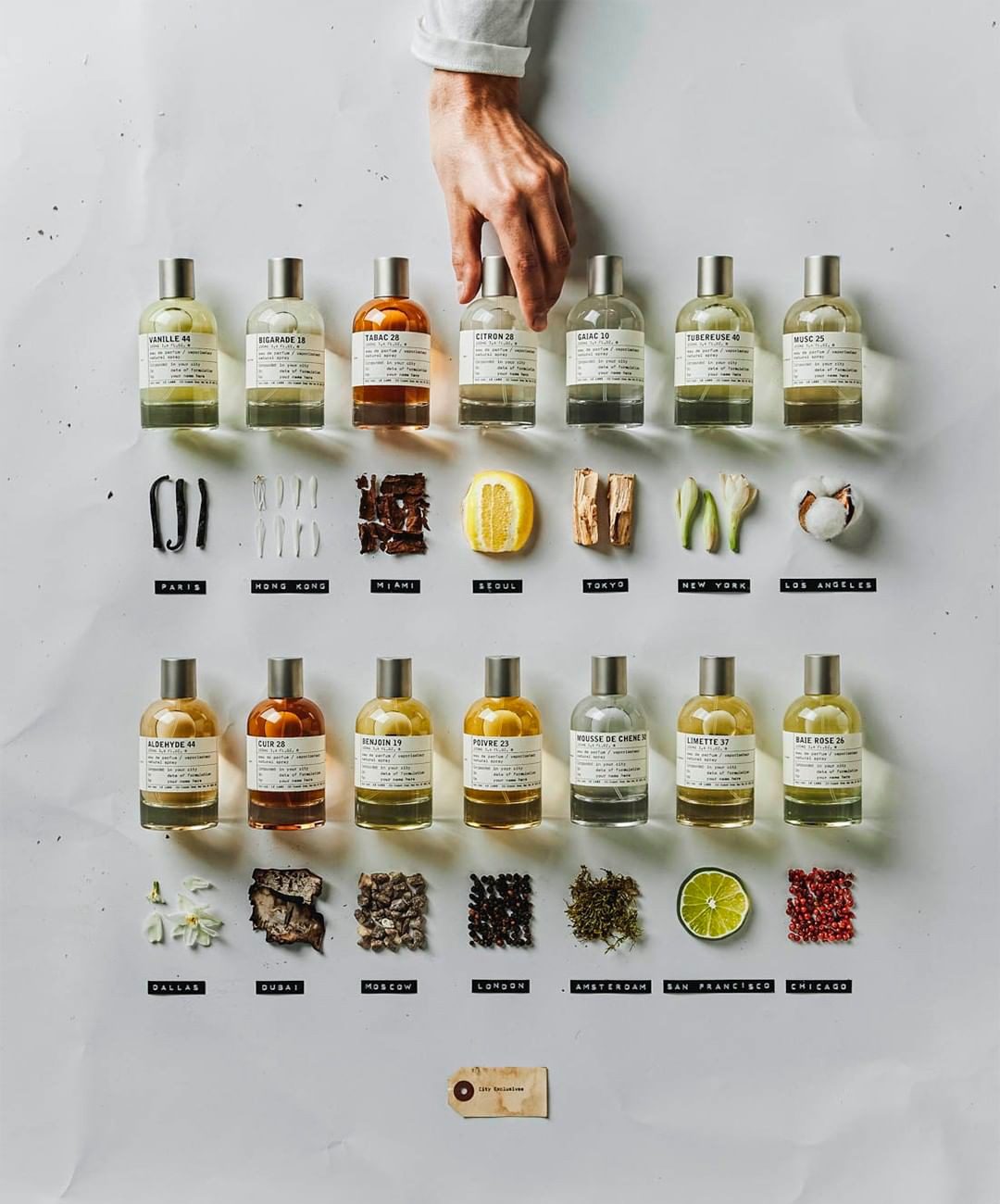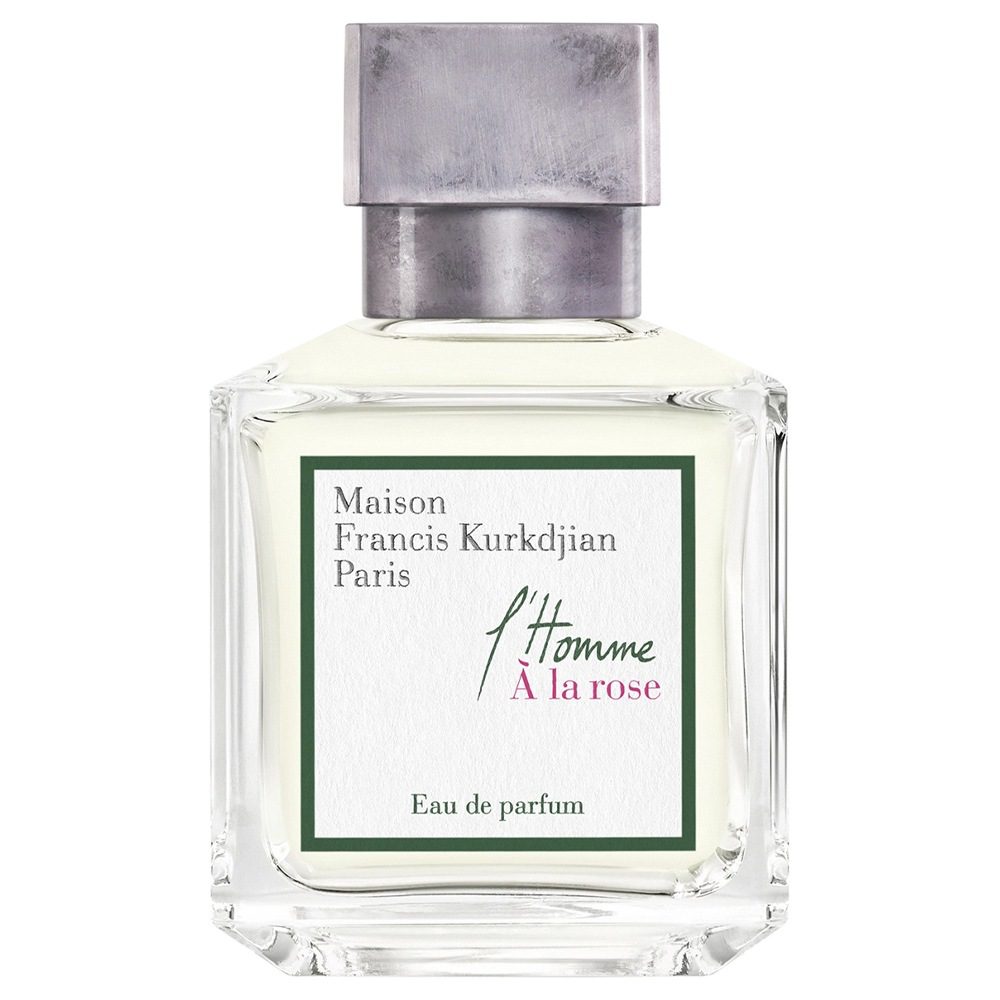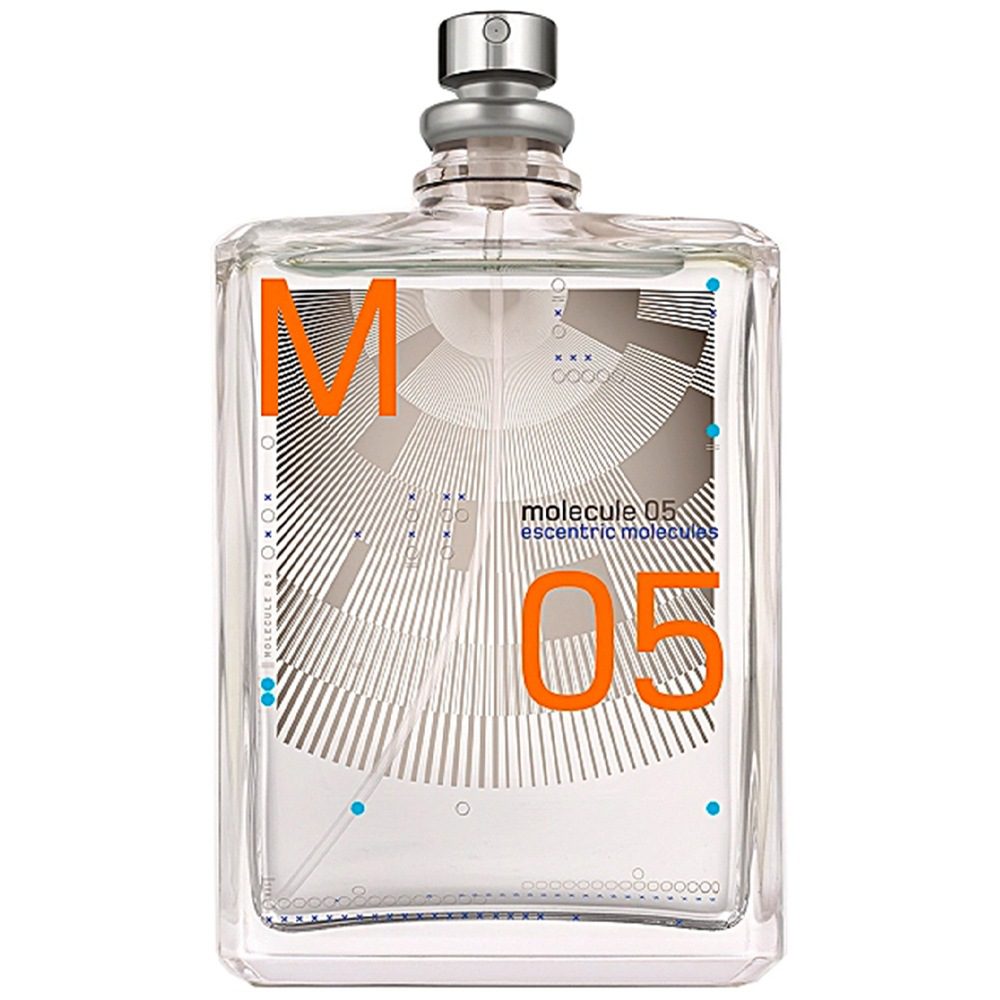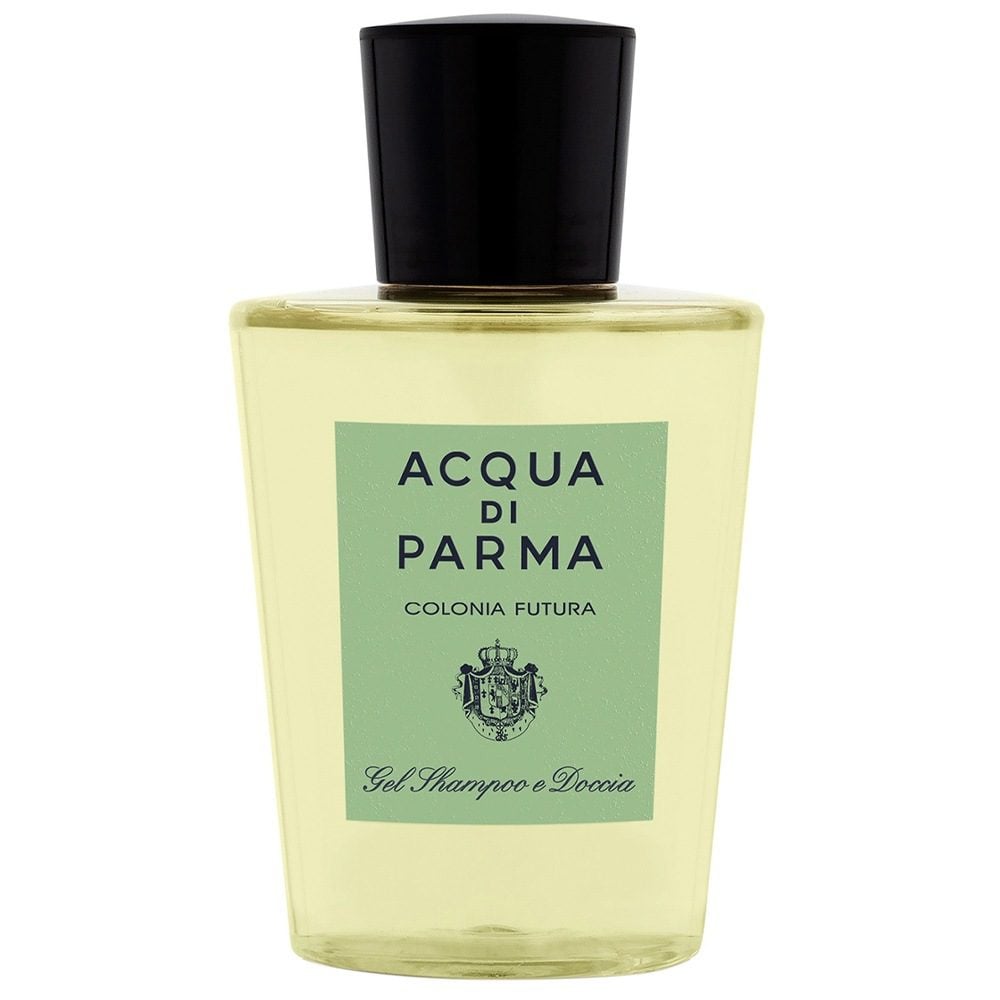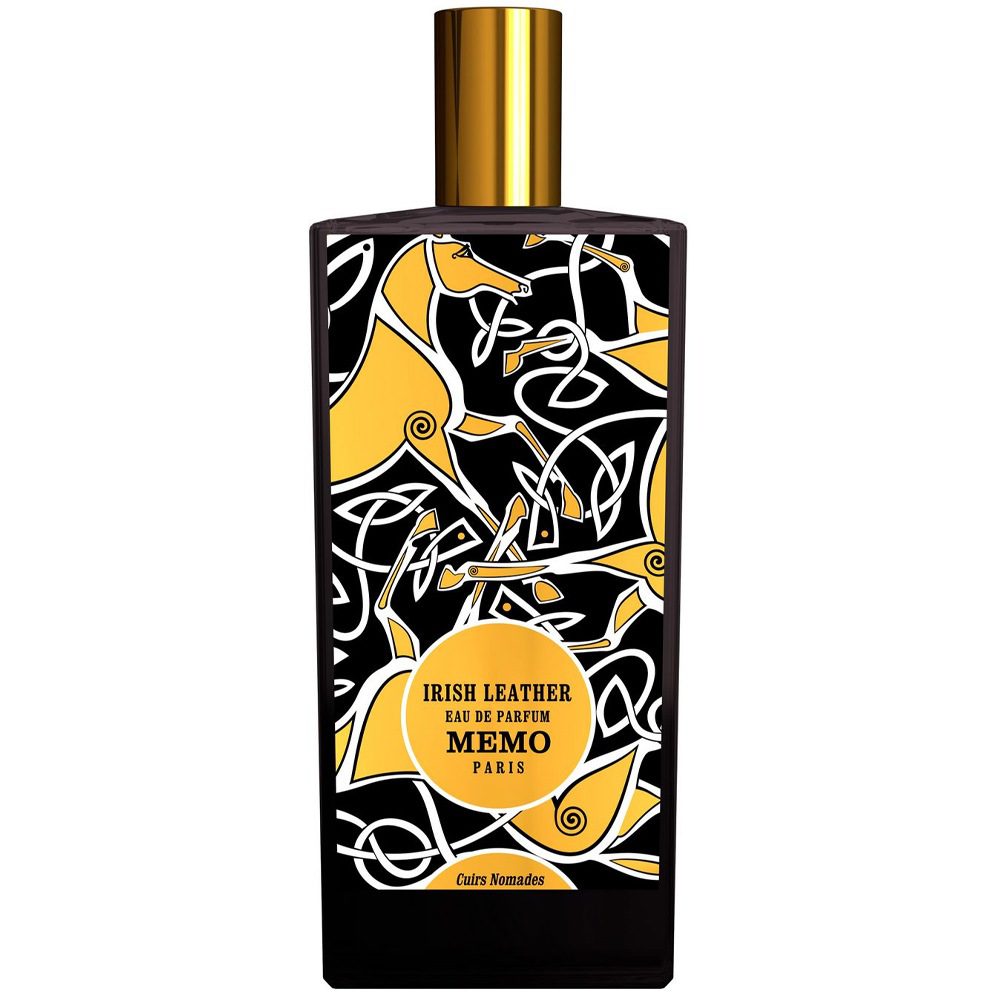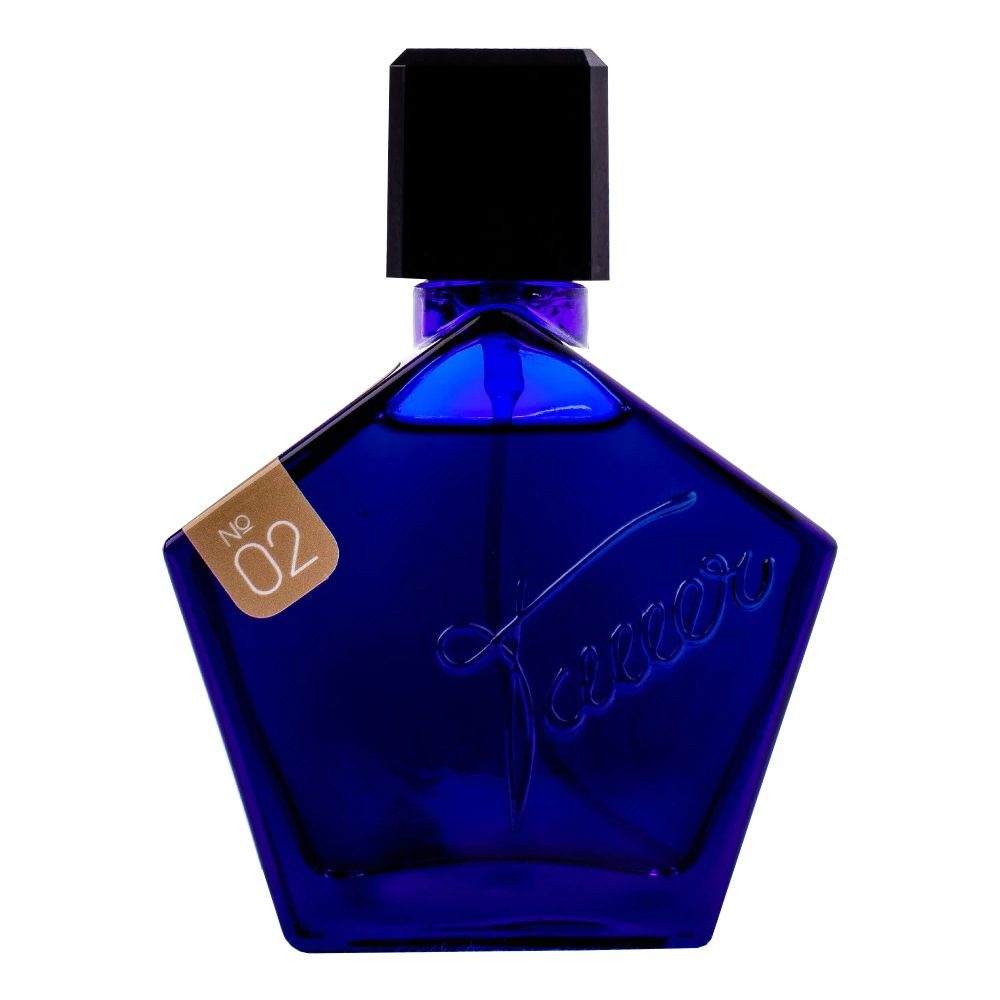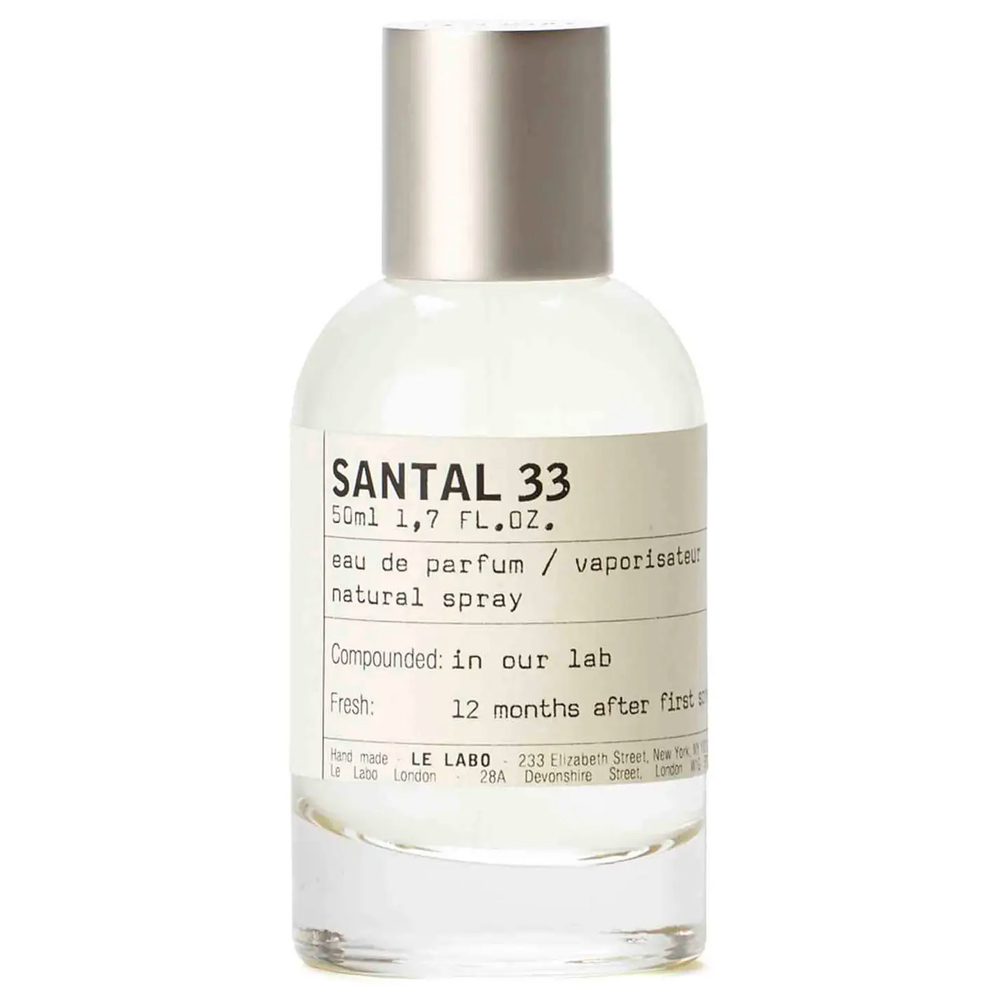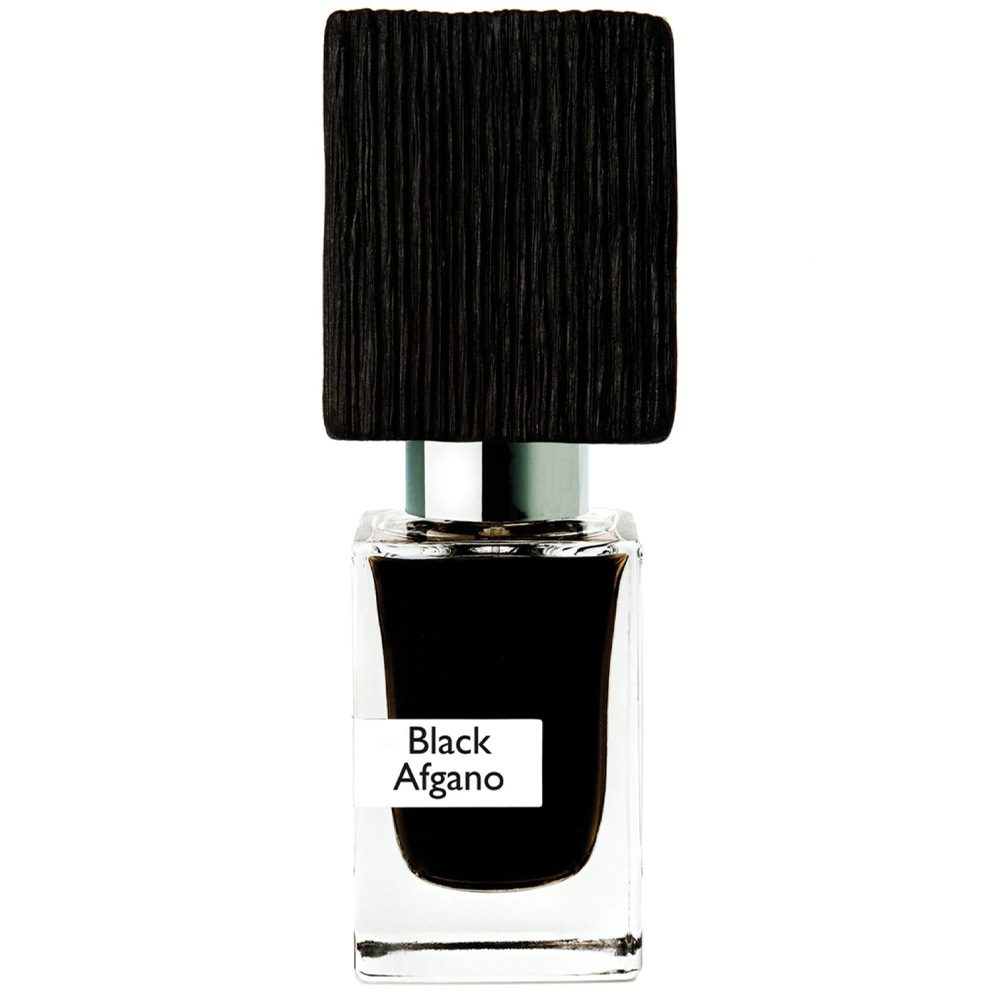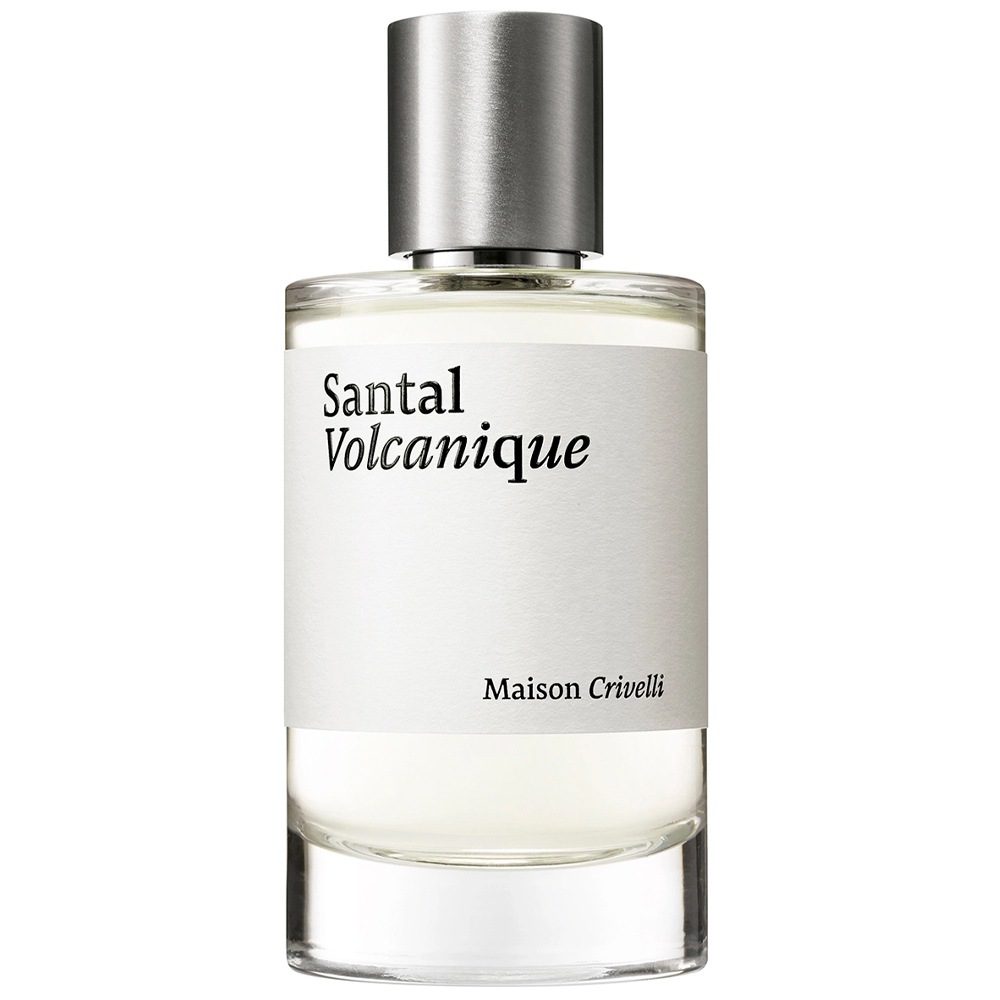8 Niche Fragrance Houses You Should Know
If your goal is to smell really fabulous and like no-one else you know, you need a niche fragrance. This expanding, influential sector of the fragrance industry has moved from the fringe to become a major trendsetter. Intimate boutiques in prestigious locations, footholds in luxury department stores and knowledgeable, attentive staff have helped give niche perfumery an edge over the predictable offer found in duty-free and on the high street. To be niche, considered distribution is vital.
With 36 years in the game, Les Senteurs has continually brought together some the best niche perfumes under one, cosy roof (currently situated at 71 Elizabeth St, Belgravia). “When Michael and Betty Hawksley founded the boutique back in 1984 their remit was to curate a collection of little-known but intrinsically significant and innovative fragrances from all over the world,” explains resident fragrance archivist, James Craven. “With hindsight one could say that the Hawksleys introduced niche perfumery – a term then unknown – to the UK and in many ways helped define this concept.” Indeed, Les Senteurs introduced Byredo, Diptyque, Creed and Éditions de Parfums Frédéric Malle to the UK. So, can we still count these hugely successful, international houses as niche?
“Ironically, the term itself has become rather ubiquitous, and one could even say it now dominates the fragrance world – a far cry from its origins,” says James. “As such, some perfume brands that naturally fall into this category might prefer to describe themselves as ‘creative’ or ‘artistic’ fragrance houses. Now, despite the common usage, there is still a certain expectation when it comes to ‘niche’ fragrances.” Craven outlines the hallmarks of a niche fragrance: “one expects an emphasis on the juice (quality, originality and creativity thereof) as opposed to the marketing of the brand; a sense of authenticity, of it being born of an individual’s personality and creative viewpoint, often experimenting with a more extensive olfactory palette or more original accords than is evident in commercial fragrances.”
Does that mean the commercial houses have lost their edge? “I don’t believe the major brands have stalled – they still continue to do what they’ve always done very successfully,” James explains. “The difference is the rapid rise and success of niche brands which is appealing to a much wider audience and therefore growing at a much faster rate in comparison. The major brands are proactively embracing elements of the niche market – smaller launches, more interesting fragrances, less reliance on the advertising campaign and more focus on the juice but ultimately their appeal is geared towards the universal whereas niche focuses on the individual.”
It’s all about us, you see, and we’re a picky bunch. Consumers are “more demanding in their desire for novelty, quality, variety and transparency – all of which keeps perfumers up to the mark. Previously ‘underground’ brands can now have their own share of voice. Independent brands are often able to offer something unique and many shoppers are on a quest to find a scent that is unknown by anyone else and therefore feels like their own signature, or ‘the one’,” says James.
They also keep the tills ringing. In 2019 the Fragrance Foundation released a report showing that the fragrance industry was worth £7.1 billion to the UK economy in 2018, with 24% – or £1.8 billion – spent directly on perfume, eau de toilette and aftershave. This is understandable when you consider that the average price for a quality scent has been heading north for quite some time. Is this to take advantage of the super wealthy who stalk the floor at Harrods, or are the steep prices justifiable? “Perfume creation is rarely low cost especially when it comes to producing innovative fragrances in small batches,” explains James, “it is not a case of choosing a high price point to give the impression of exclusivity. Generally, the price will reflect the careful sourcing of raw materials which nowadays is much more discerning and ethical, and methods of production which are extremely precise and exacting.”
Reassuringly expensive, beautifully packaged and pushing the olfactive envelope, a niche fragrance can feel like a true ‘find’. Here are eight names and a mix of new and well-loved scents to seek out.
Maison Francis Kurkdjian
Key Scent: L’Homme À la Rose
Francis Kurkdjian is a prolific fragrance creator, working with some of the biggest houses in fashion and fragrance from Burberry, Kenzo and Giorgio Armani to Yves Saint Laurent, Dior, Davidoff and Guerlain. His stellar career began with Jean Paul Gaultier Le Mâle – a global best seller.
His own line, Maison Francis Kurkdjian, launched in 2009. His latest release, L’Homme À la Rose, is a celebration of one of the lesser used florals in men’s fragrance. During his Zoom presentation, he talked about how rose is often paired with dark woods or patchouli and how geranium is the typical floral associated with men. Kurkdjian saw an opportunity for something new; he wanted to pair rose with something ‘light and bright’. The result is a woody floral, with two types of fresh, green rose – Damask and Centifolia – as the central character, with side accents of grapefruit and sage.
“Raw materials have no gender, but social codes give them meaning. Rose is not feminine or masculine; it’s how I blend it. Masculinity is a state of mind. It used to be set around social codes, but these are falling apart. The notion of masculinity, in 20 years time, will not be relevant anymore,” he says. Kurkdjian is claiming rose for stylish men everywhere – wear it with pride.
Escentric Molecules
Key Scent: Molecule 05
If the measure of a great scent is comments from peers and strangers alike, Escentric Molecules is a good place to start. Self described as radical, purist and singular, one of the earliest scents, 101, has achieved near cult status for its street-stopping quality and chameleonic ability to take on a different vibe with every wearer.
Each launch consists of a binary pair of numbered fragrances, the Molecule is the single aroma, the Escentric plays with the molecule using further ingredients. The newest addition, Molecule 05, focuses on cashmeran, a synthetic molecule that combines musky woods with sweet, resinous pine. Perfumer Geza Schoen was inspired by the aromas of sun-baked coastal paths around the Med.
Escentric 05 brings together bergamot, orange, laurel, rosemary, juniper and cypress, underscored by labdanum and mastic, with cashmeran and fig. He describes it like “a radiant summer’s day.” Yes, the seasons are changing, but an Indian summer is the best kind of autumn, so we’ll be clinging onto the sun with this.
Acqua Di Parma
Key Scent: Colonia Futura
Can a brand still be considered niche if it’s well known? It can, according to Craven, when it stays “true to its brand origins and continues to produce creative, trendsetting, luxurious scents.” Put a tick in the box for Acqua Di Parma.
Sustainability is everyone’s favourite buzzword at the moment but the Italian house are putting it into practice with Colonia Futura. The composition is 99% natural, Protected Designation of Origin ingredients – which is no mean feat. The bakelite lid has been replaced with a recycled and recyclable matt plastic cap and the outer cylinder is made from FSC cardboard. The dispenser can be easily removed for ease of recycling and the label is made using scrap dust from marble quarries (Italy is a major source of both carrara and calacatta).
There’s the common citrus element that ADP is known for; Bergamot from Calabria, as well as lemon and grapefruit. But the combination of clary sage, lavender and pink pepper create a mature, woody scent with a spicy dry down of vetiver, unlike anything else in the ADP range.
MEMO Paris
Key Scent: Irish Leather
Founded in 2007 by French-Irish couple Clara and John Molloy, Memo Paris has a distinctive look of maximalist gold patterns and a line of unique scents, created with the help of perfumer Aliénor Massenet, and inspired by their collective travels to distinctive destinations.
There is a boutique in Paris, but you can order to your door via Harvey Nichols and Cult Beauty. Irish Leather is an ode to John’s childhood homeland, and relatable for anyone who’s ever fallen for the damp charms of the Emerald Isle. Juniper, birch and clary sage, green maté (tea) and flouve (hay oil) create an earthy vibe with a smoky leathery undertone that captures the essence of the great Irish landscape.
Tauer Perfumes
Key Scent: No. 02 L’Air du Désert Marocain
An independent Swiss house, Tauer was launched by perfumer Andy Tauer in 2004, initially as a side hustle from his main job. His scents have been described by admirers as “fragrant sculptures” and the striking deep blue bottles help to convey this message into the world.
His output is divided into self-titled categories: Classics, Homages, PentaChords and Collectibles, which feature variable availability, exclusive ingredients and high concentrations of natural oils.
No. 02 L’Air du Désert Marocain sits in the Classic collection as one of his most popular scents that cemented his reputation as an artist in the fragrance world and it is brought to you exclusively in the UK by Les Senteurs. Spicy top notes of coriander, cumin and a hint of petitgrain reveal a heart of jasmine, rock rose, labdanum and birch and base notes of amber, patchouli and cedar. The balsamic, woody accord conjures Andy Tauer’s own memories of the spicy, dry air of the Maghreb Desert.
Le Labo
Key Scent: Santal 33
When a big conglomerate starts snapping up independent brands you know they are on to something. Estée Lauder acquired Le Labo in 2014, eight years after it was founded by Eddie Roschi and Fabrice Penot in New York City.
Buying a niche brand is often easier than creating one, because commercial success is never guaranteed. However, Le Labo has a proven track record of cult unisex scents such as Rose 31, Thé Noir 29 and Baie 19. As a quick explainer, the name is the primary scent and the number refers to the total ingredient count.
Santal 33 is perhaps the most well known – and for good reason. The inspiration came from a particular brand of cigarettes. Think of a cowboy riding the great American plains and you’ve got the idea; crackling campfire, leathery boots, big sky and freedom, conjured by notes of sandalwood, cedarwood, cardamom, iris, violet and ambrox.
Nasomatto
Key Scent: Black Afgano
Founded by Alessandro Gualtieri, Nasomatto takes an eccentric approach to scent. Earlier in his career he worked various big brands and in the UAE. He’s travelled to Oman, Iran and Saudi Arabia and his interest in Middle Eastern perfumery can be felt in his work – these are bold scents.
There are 12 fragrances in the collection and each bottle looks like a small work of art or sculpture, due to the caps crafted from precious woods. Black Afgano is arguably the most well known. The inspiration is hashish and the sweet spot of being stoned (before the paranoia or munchies kick in). Cannabis, coffee, tobacco, incense and oud make up the notes. Green, herbal and a touch soapy – it may temporarily invoke the resinous bud, but it won’t send you as far as the corner shop on the hunt for snacks.
Maison Crivilli
Key Scent: Santal Volcanique
Being a well-heeled, well-travelled European seems to be the basic prerequisite for becoming a perfumer. Thibaud Crivilli isn’t about to break the mould here: he hails from France, spent time China, and his main inspiration stems from our precious natural world.
Santal Volcanique is a mix of fiery spices including cardamom, ginger, coffee and ‘carbonised ylang ylang’ to evoke scorched woods. Hot stuff.
